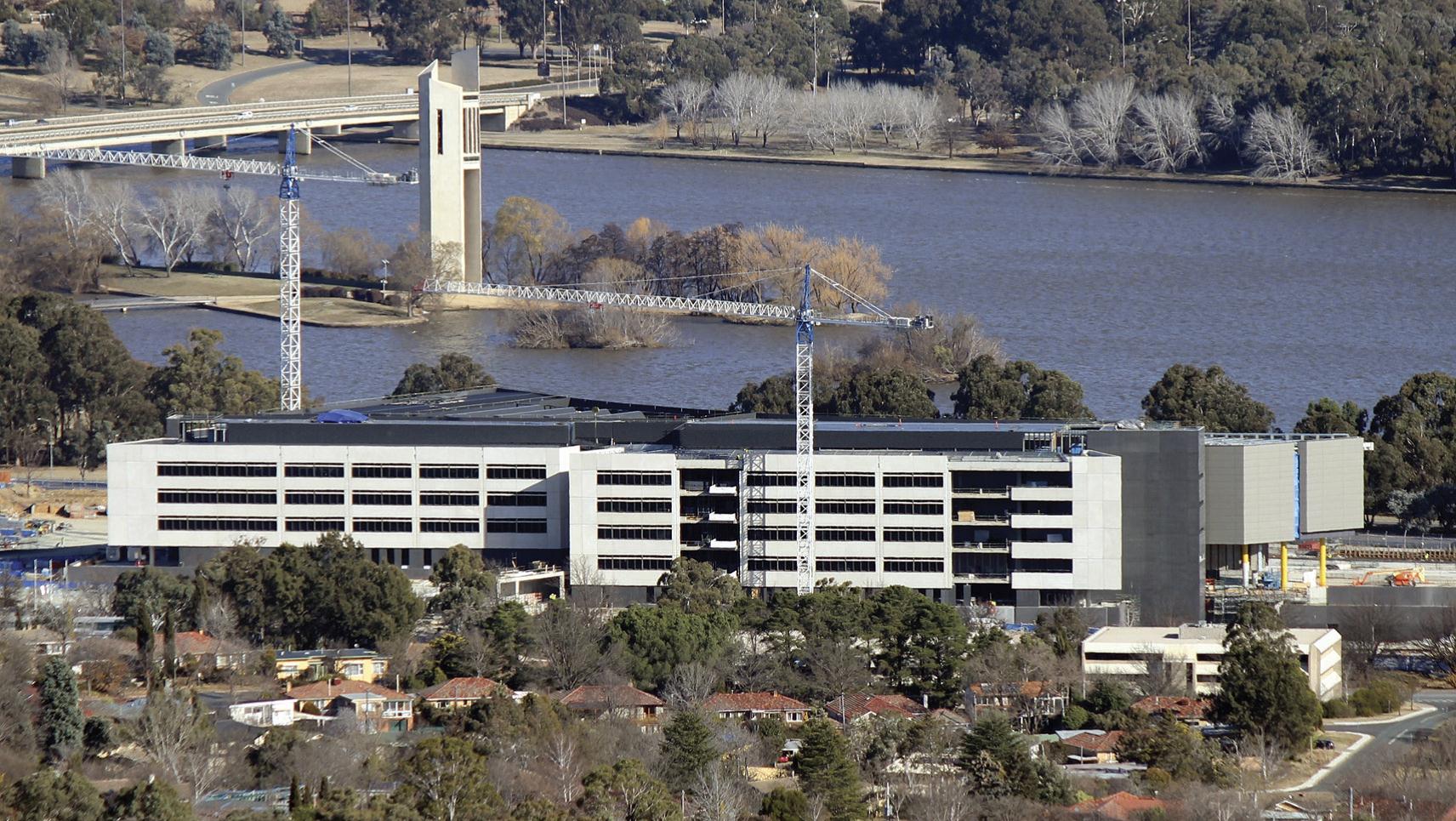
A Soviet double spy was able to penetrate the senior echelons of Australia’s intelligence agency during the Cold War, according to a retired Australian intelligence officer who has spoken out for the first time. Molly Sasson, was born in Britain, but worked for the Australian Security Intelligence Organisation (ASIO) from 1969 until her retirement in 1983. A fluent German speaker, Sasson was first recruited during World War II by the Royal Air Force, where she worked as an intelligence officer before transferring to the Secret Intelligence Service (MI5), Britain’s domestic intelligence agency. At the onset of the Cold War, Sasson helped facilitate the defection to Britain of Colonel Grigori Tokaty, an influential rocket scientist who later became a professor of aeronautics in London. But in the late 1960s, Sasson moved with her husband to Australia, where she took up a job with ASIO, following a personal invitation by its Director, Sir Charles Spry. Upon her arrival in Canberra, Sasson took a post with ASIO’s Soviet counterintelligence desk, which monitored Soviet espionage activity on Australian soil.
Aged 92 today, Sasson spoke publicly
for the first time on Australia’s ABC News television network about her
life and times. She told the reporter that she had “no doubt at all”
that ASIO had been infiltrated by at least one Soviet-handled double spy
in the 1970s. “If we put on an operation, it failed”, she said, adding
that the Soviets “always seemed to be a step ahead of us. There must
have been a tip-off. It can’t have been otherwise”, said Sasson. The
92-year-old former intelligence officer recounted one specific operation
involving a Russian diplomat named Vladimir Dobrogorsky, who was
believed by ASIO to be an intelligence operative. According to Sasson,
ASIO counterintelligence officers were monitoring Dobrogorsky and knew
the precise time and place that he was scheduled to meet with an
Australian informant in downtown Canberra. However, not only did the
meeting not occur, but Dobrogorsky left the Soviet embassy in the
Australian capital that morning, never to return.
“I am convinced that someone within ASIO
tipped him off”, said Sasson. Not only that, but when she and other ASIO
officers expressed their concerns about the possible existence of a
mole inside ASIO, senior agency officials dismissed them. At one point
she was told to “not open this can of worms”, she told ABC News. The
former ASIO officer added that the chief of the United States Central
Intelligence Agency station in Canberra shared similar concerns with the
ASIO’s leadership, but that they too were dismissed. Soviet
intelligence operatives were notably active
in Australia and New Zealand during the Cold War, as it was believed
that intelligence agencies in the two Pacific Rim countries offered an
easier path toward accessing British and American government secrets,
due to the so-called Five Eyes agreement.

No comments:
Post a Comment